Read Leviticus 22 here or at Bible Gateway.
The Hebrew paragraphs:
22:1-16 {p} Law of the separation of the holy things and offerings given to YHVH
22:17-25 {s} No sacrifice with a defect shall be offered as the bread of God;
22:26-33 {p} Sacrifices become acceptable on the eighth day / YHVH sanctifies Israel
And you shall keep My commandments, and do them: I am YHVH. Lev 22:31
The Hebrew Root Word Parables:
To keep. Its first occurrence is in Gen 2:15:
And YHVH God took the man, and put him in the garden of Eden to dress it and to keep it.
It is a primitive root verb, Strong’s H8104 שמר shamar, “to keep, to watch, to guard as a husbandman or shepherd.” The modern 3-letter root is shin + mem + resh. The Ancient Hebrew Lexicon tells us that the shin + mem in this root were originally a sin + nun, the similar sounds becoming transposed over time. So the ancient pictographs were sin + nun + resh.
sin ס = the thorn, thus grab, hate, protect
nun נ = the seed, thus continue, heir, son
resh ר = the head of man, thus head, first, top, beginning, man
Shepherds would surround their flocks at night with thorn branches to protect them from predators when they were pasturing them away from the fold. They kept or guarded their flocks so that their children would be provided for. Thus, to closely guard (sin) for the next generation (nun) that which is of first importance (resh). Interestingly enough, what is closely guarded is like a prisoner in a prison; he is guarded so that he does not escape. YHVH’s commandments are kept in our hearts, before our eyes and before our ears; closely guarded there so that they do not escape.
To do. Its first occurrence is in Gen 1:7:
And God made the firmament, and divided the waters which were under the firmament from the waters which were above the firmament; and it was so.
It is a primitive root verb, Strong’s H6213 עשה asah, meaning, “to do.” The modern 3-letter root is ayin + shin + hey. The Ancient Hebrew Lexicon tells us that the shin was transposed from an original sin over time because of their similar sounds. So the ancient pictographs were ayin + sin + hey.
ayin ע = the eye, thus watch, know, shade
sin ס = the thorn, thus grab, hate, protect
hey ה = man with upraised arms, thus look, reveal, wonder, worship, breath
The story being told is of man’s first work in watching (ayin) for thorns and thistles (sin) which would seek to take over his crops:
“Cursed is the ground for your sake; in toil you shall eat of it all the days of your life. Both thorns and thistles it shall bring forth for you, and you shall eat the herb of the field. In the sweat of your face you shall eat bread till you return to the ground …” Gen 3:17-19
The addition of the hey adds the element that a man is to do (ayin + sin) with all his might, whatever his hand finds (hey, i.e., pointing out what has been discovered) to do:
Whatever your hand finds to do, do it with your might; for there is no work or device or knowledge or wisdom in the grave where you are going. Ecc 9:10
We tend to think of keeping commandments as a chore; but that is a false narrative. The Psalmist calls YHVH’s commandments “the law of liberty” (Psa 119:45) because when a people is self-controlled from within, they do not need onerous laws imposing control from without, which is liberty. YHVH first admonished us to keep His commandments: that is, put them in our hearts, and guard them there; and then do them with all our might. He is wise; what is kept closely guarded in our hearts, we tend to do as second nature. And consider, what do we benefit Him by keeping and doing commandments? Nothing whatever. His commandments benefit us and the people around us!
If there are questions, this is a good resource:
That Righteousness is of Faith – Christine Miller
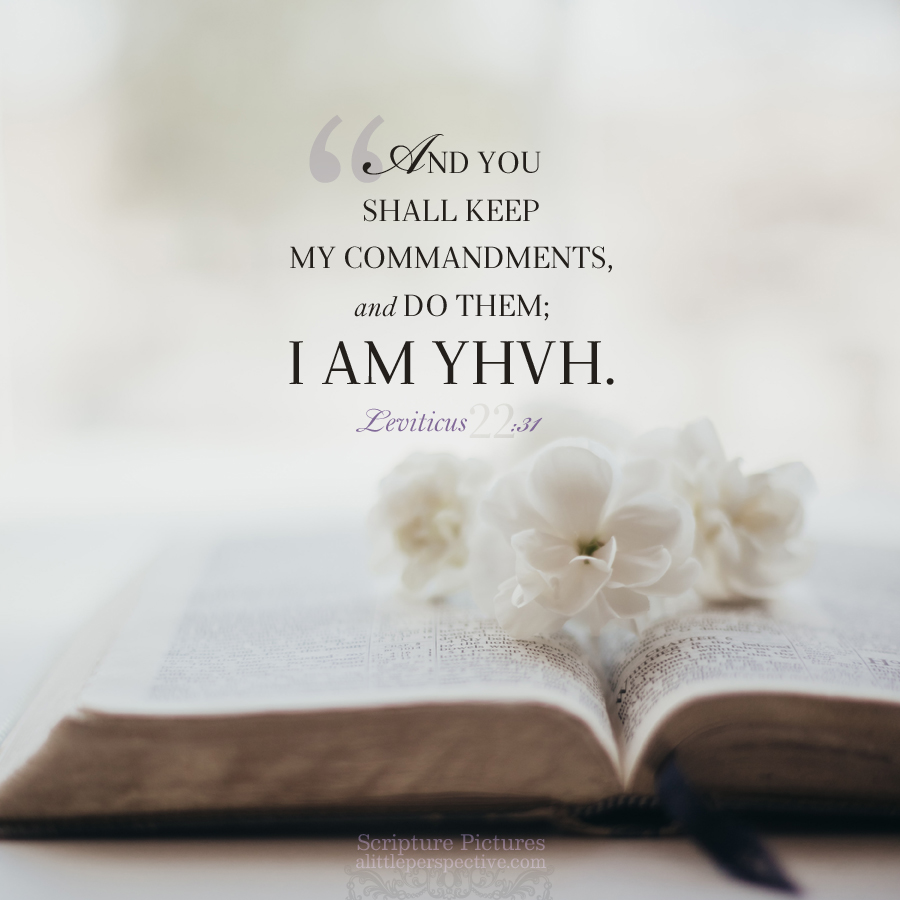
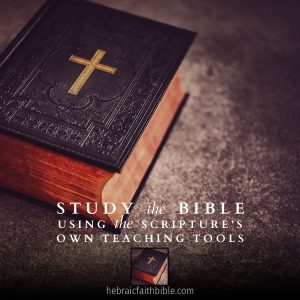
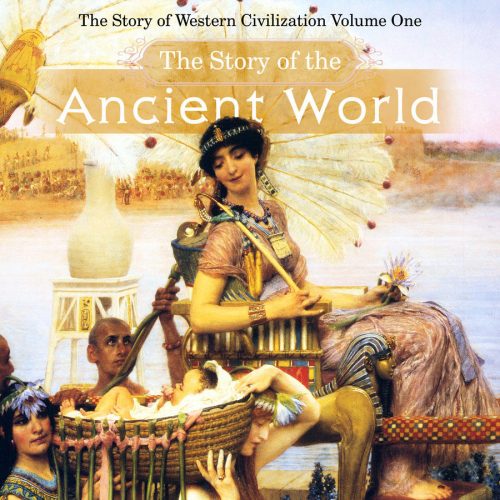
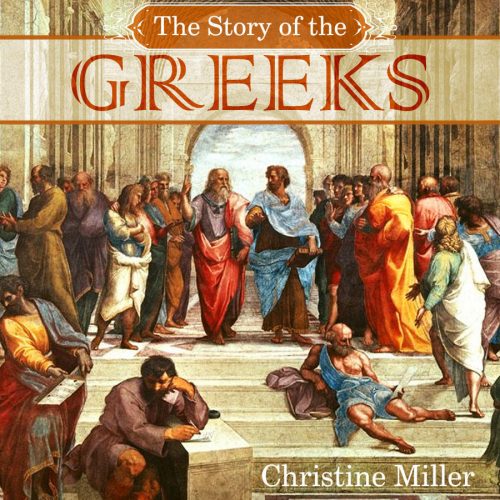
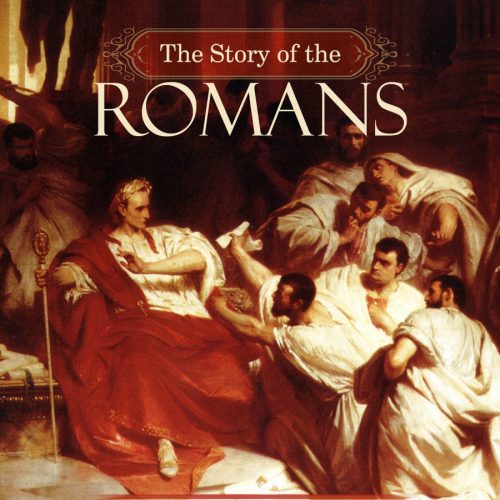

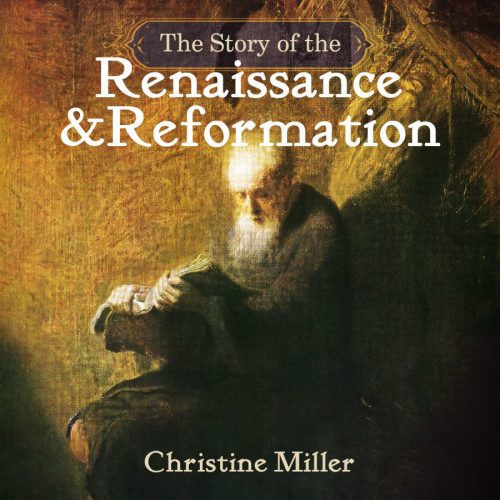
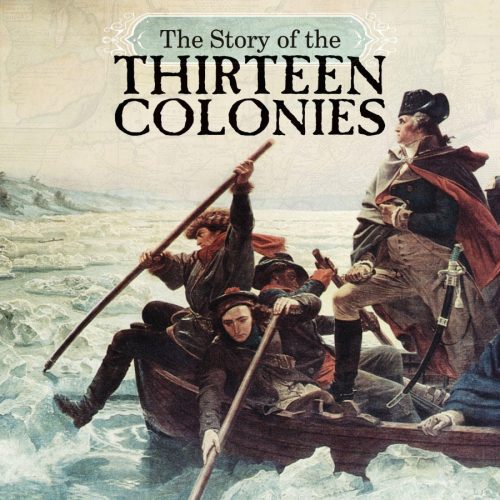

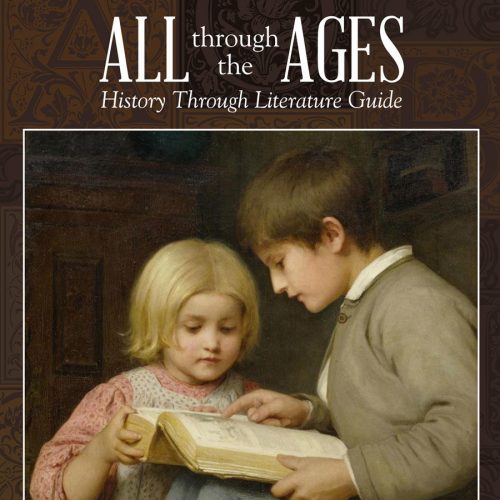

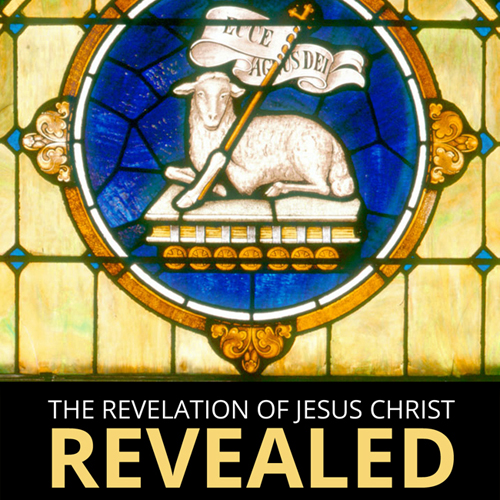


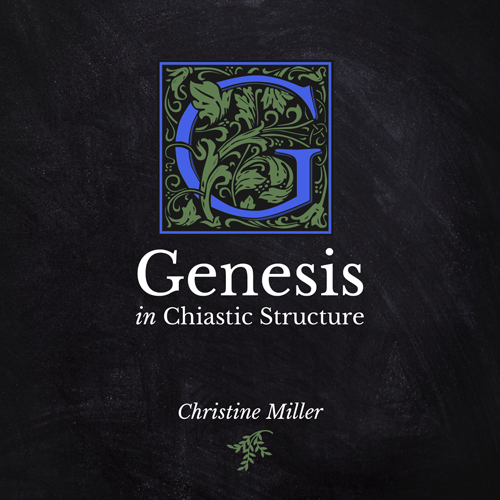
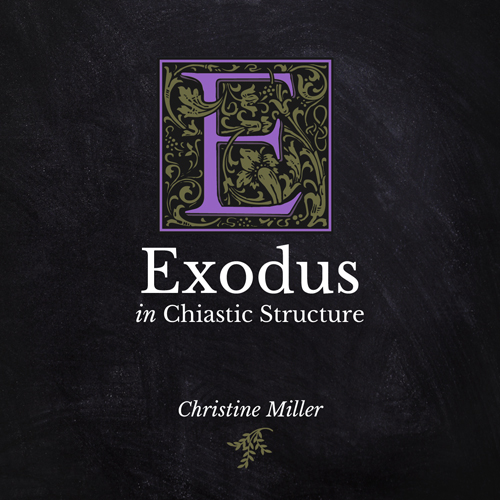
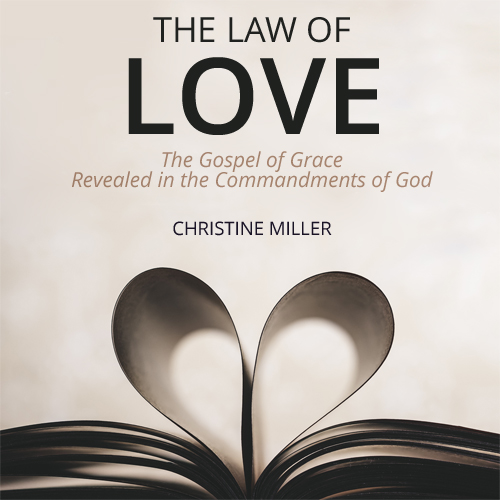
Leave a Reply